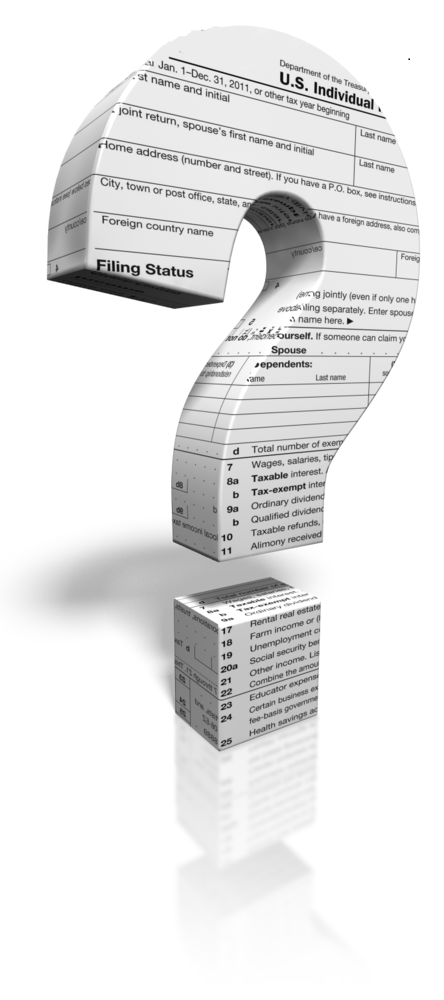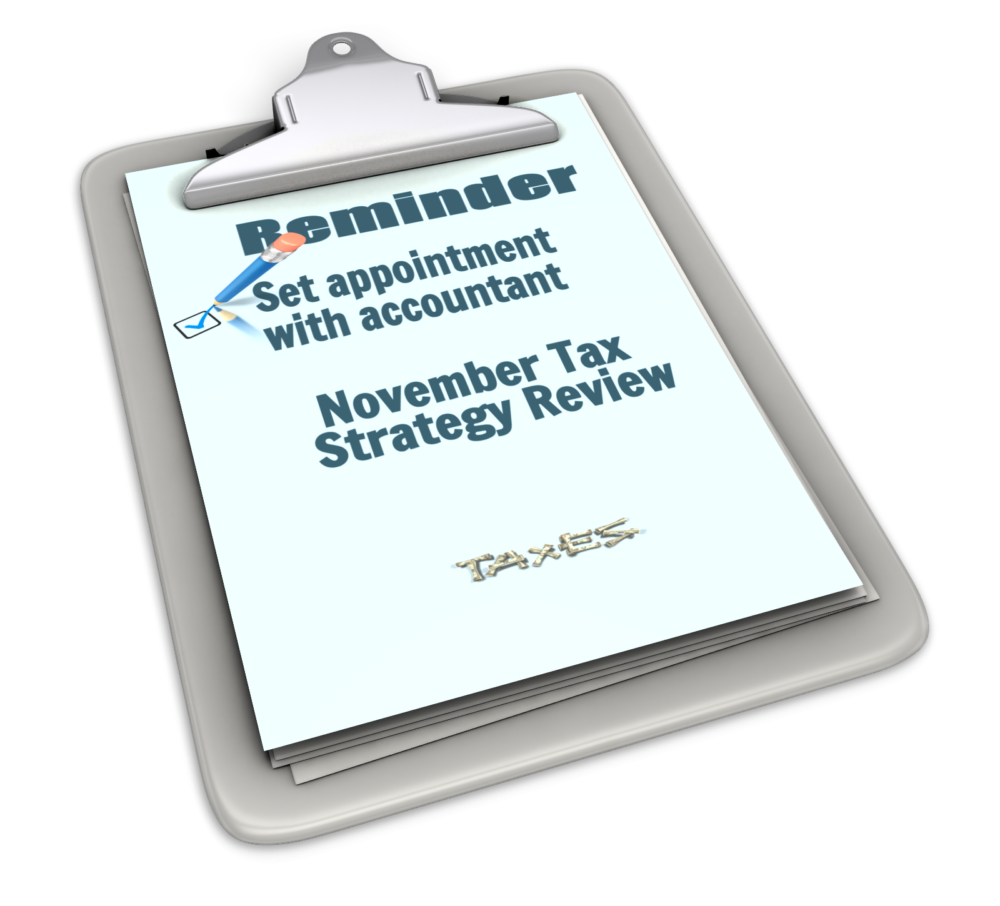
Are you confused about the differences between your effective tax rate and your tax bracket? We're here to help.
The whole concept of effective tax rate and your tax bracket bring on a lot of confusion. This confusion happens most likely because it hasn't been thoroughly explained to you to understand completely. Specializing in all things taxes, Summit Virtual CFO by Anders is dedicated to teaching you what you don't know about taxes and guiding you along the way! Let's dive into this misunderstood concept- tax brackets and effective tax rate.
Let's break down the tax confusion...
Knowing your tax rate gives you an accurate reflection of your tax liability relative to your total income. Whereas knowing your tax bracket helps plan purposes. For example, if you decide you want to spread a Roth conversion over several years to stay within the income limits of a particular tax bracket.
The main difference between effective tax rate and tax bracket is:
-
A tax bracket is a range of income to which a specific tax rate applies.
-
Your effective tax rate is the percentage of your income that you pay in tax.
Think about taxation like this…
-
Your tax bracket shows the rate of tax on the last dollar you made during the tax year.
-
Your effective tax rate reflects the actual amount you paid on all your taxable income.
For example, if you're single and in the 25% bracket for 2016. That means your taxable income is between $37,650 and $91,150. Yet, the tax you pay is less than 25% of your income. Why? Because the 25% tax rate only applies to the amount of taxable income within the 25% bracket. The tax on income below $37,650 is calculated using the rate that applies to income in the 10% and 15% brackets.
So, if your 2020 taxable income is $40,000, only $2,350 is taxed at 25%. The remainder is taxed at 10% and 15%, leading to a "blended" overall rate. The result: a tax bracket of 25%, and an effective tax rate of less than that.
It sounds complicated when you hear the words tax bracket or tax income, but it can be understood with just a little bit of context.
You don’t have to do this alone- let us help!
Summit Virtual CFO by Anders is a virtual CFO services provider with a non-traditional approach to accounting. We have an amazing team of accounting professionals who provide Virtual CFO Services (including tax services) for companies all over the United States. We fully understand the accounting, bookkeeping, cash flow management, and business tax nuances that come with being distributed, and we love helping our clients overcome these challenges through our own experience and expertise. 
.png?width=120&height=77&name=Summit-Virtual-CFO_color_rgb%20(1).png)













